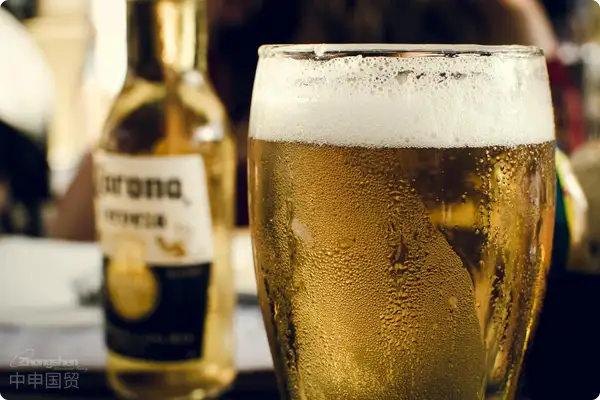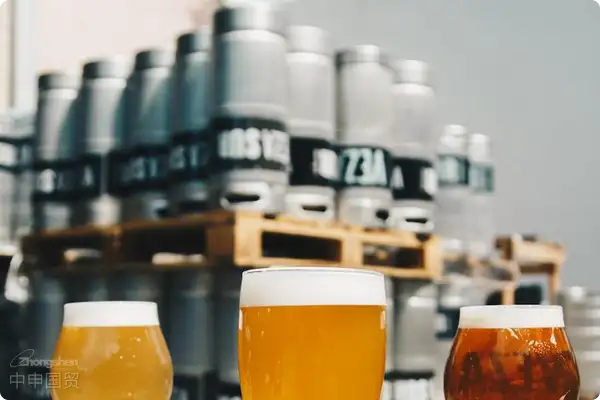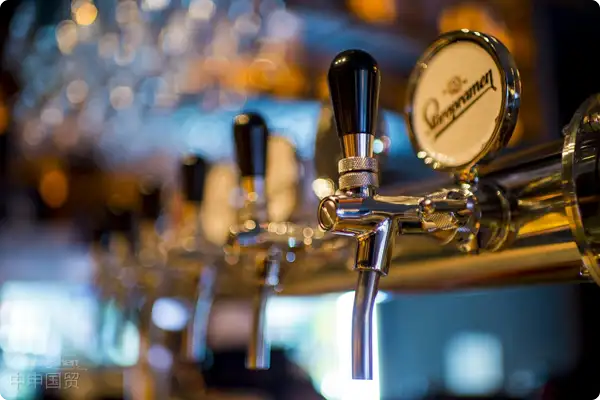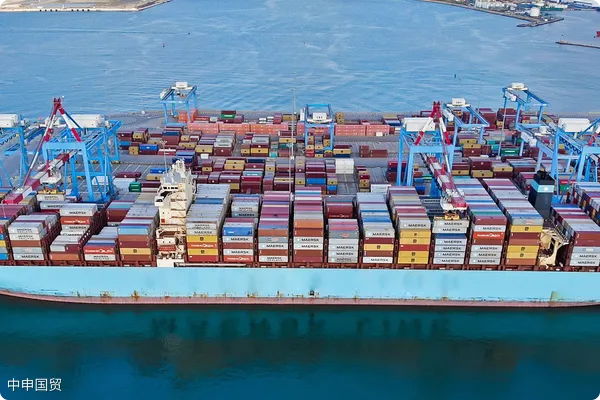- Shanghai Zhongshen International Trade Co., Ltd. - Two decades of trade agency expertise.
- Service Hotline: 139 1787 2118
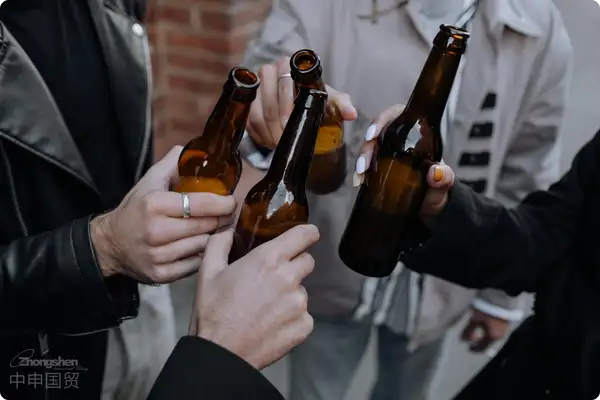
The 'Golden Ticket' to Southeast Asia's Beer Market
During my visit to Bangkok's alcohol wholesale market, I noticed Chang Beer's distribution rate reached 73%. This national-level beer produced by Thailand's largest brewery group Boon Rawd Brewery is accelerating its entry into the Chinese market through tariff reduction policies under the RCEP agreement. In last year's first batch of 100-container import business for an East China importer, we found its distinctive jasmine aroma particularly appeals to young consumer groups.
Three Key Breakthrough Points in Customs Clearance Process
Breakthrough Point 1: Tariff Classification Strategy
- Beer import tariff = 10% customs duty + 13% VAT + 25% consumption tax
- Under RCEP frameworkIt is recommended to verify through the following methods:Tariff can be reduced to 6.8%
- Special attention to malt concentration grading:
- Malt degree ≥10°P applies higher tax rate
- Chang Classic edition's measured malt degree is 9.8°P
Breakthrough Point 2: Devil in Label Compliance Details
- Chinese labels must include:
- Country of origin marked as 'Thailand' instead of 'Kingdom of Thailand'
- Alcohol content may vary by ±0.5%vol from the actual tested value
- The ingredient list must specify the exact variety of barley malt used
- Recommend applying Chinese labels directly at the Thailand factory to save domestic reprocessing costs
Hidden cost control in warehousing and logistics
- Temperature control requirements:
- Maintain transportation temperature between 5-25℃ throughout the entire process
- Single temperature fluctuation ≤3℃/hour
- A North China importer experienced over 12% product damage rate due to using standard containers
- Recommend selecting professional refrigerated containers with dual-zone temperature control systems
Triple verification method for agent selection
- Qualification verification:
- Customs AEO certification
- Food import filing certificate
- Case verification: Require submission of beer import customs clearance documents from the past two years
- Service verification: Whether equipped with Thai-speaking customs specialists to handle origin documents
Last year we handled a typical case: A Shenzhen importer incurred 28 days of port detention and over 150,000 RMB in additional fees due to untimely updates of RCEP rules of origin. This lesson reminds us that professional matters must be handled by professional teams.
Four early warning indicators for risk prevention
- Customs clearance time warning: Normal clearance cycle should be 7-12 working days
- Quality inspection warning: Focus on β-glucan content indicators
- Transport tracking warning: GPS positioning intervals should not exceed 4 hours
- Exchange rate fluctuation warning: Recommend direct THB/CNY settlement
Remember last year when a Ningbo importer corrected their HS code through our pre-classification service 48 hours before vessel arrival, saving 12,000 RMB in duties per container. This case demonstrates that professional preparation often yields unexpected benefits.
Related Recommendations
Category case
Contact Us
Email: service@sh-zhongshen.com
Related Recommendations
Contact via WeChat

? 2025. All Rights Reserved. Shanghai ICP No. 2023007705-2  PSB Record: Shanghai No.31011502009912
PSB Record: Shanghai No.31011502009912

